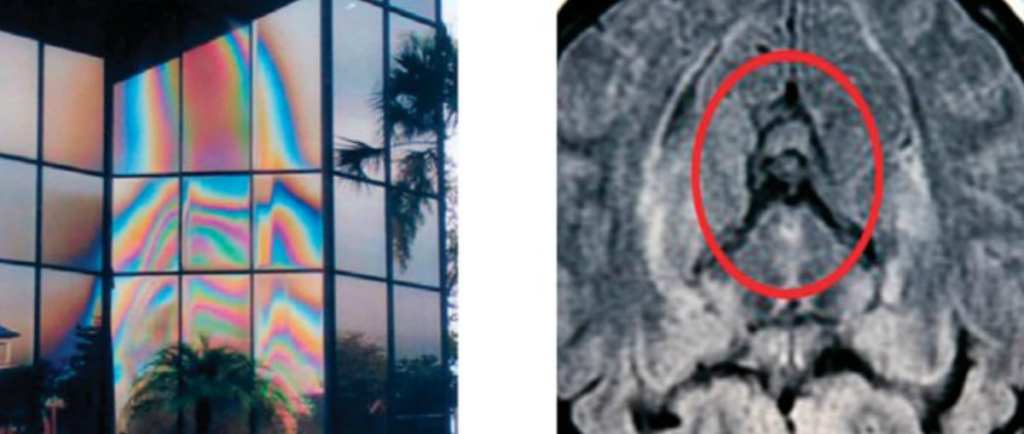You’re probably aware that people all over the world see faces in inanimate objects – the more famous (or infamous) cases are people seeing the face of the Virgin Mary or Jesus in things. Anything, really, from a grilled cheese sandwich to a pretzel, a window, a brain scan, tortillas, Cheetos, and probably hundreds of others – but have you ever thought about why?
Non-religious figures like Ringo Starr and Elvis appear randomly, too, and there’s even a Twitter account dedicated to sharing pictures of faces that show up in mundane objects everywhere. In Japan, there’s a museum that houses 1700 rocks that look like human faces (some famous, others not), and – believe it or not – auto manufacturers consider how a car’s “face expression” will be perceived and potentially affect sales.

Photo Credit: ncbi.nim.nih.gov
This tendency for humans to perceive faces other than atop human bodies is called pareidolia, which comes from the Greek expression for “wrong shape.” Our brains are attuned to seeing faces from infancy – babies display more interest in proper cartoon faces than images where facial features are scrambled – and faces in inanimate objects have been expressed in artwork and in everyday life for centuries.
Though pareidolia is a common phenomenon, widespread across people and cultures, research suggests it’s more likely to emerge in women than men, perhaps because women are better at decoding emotions from facial expressions. It’s also true that religious believers are more prone to seeing faces than skeptics, though it could be simply that skeptics see the same things but are less likely to report it.

Photo Credit: dalipaintings.com
There’s nothing wrong with you if you see faces in objects, though it can be more likely to happen if you’re fatigued. Alternatively, if you’ve had a stroke or other trauma to the fusiform gyrus in your brain, you might become unable to recognize faces anymore at all – even your own.
This ability to see faces might extend beyond humans to monkeys and other primates, which suggests there’s an evolutionary survival component to being able to recognize faces and decode expressions in others. Which is to say, pareidolia is totally normal and, as the internet has displayed, often amusing. Without it, we wouldn’t get to guess at things like why spots on a plank of wood seriously resemble a dog’s face.

Photo Credit: Twitter
I suppose bringing people together is the reason our brain’s do this in the first place – and that can never be a bad thing.






